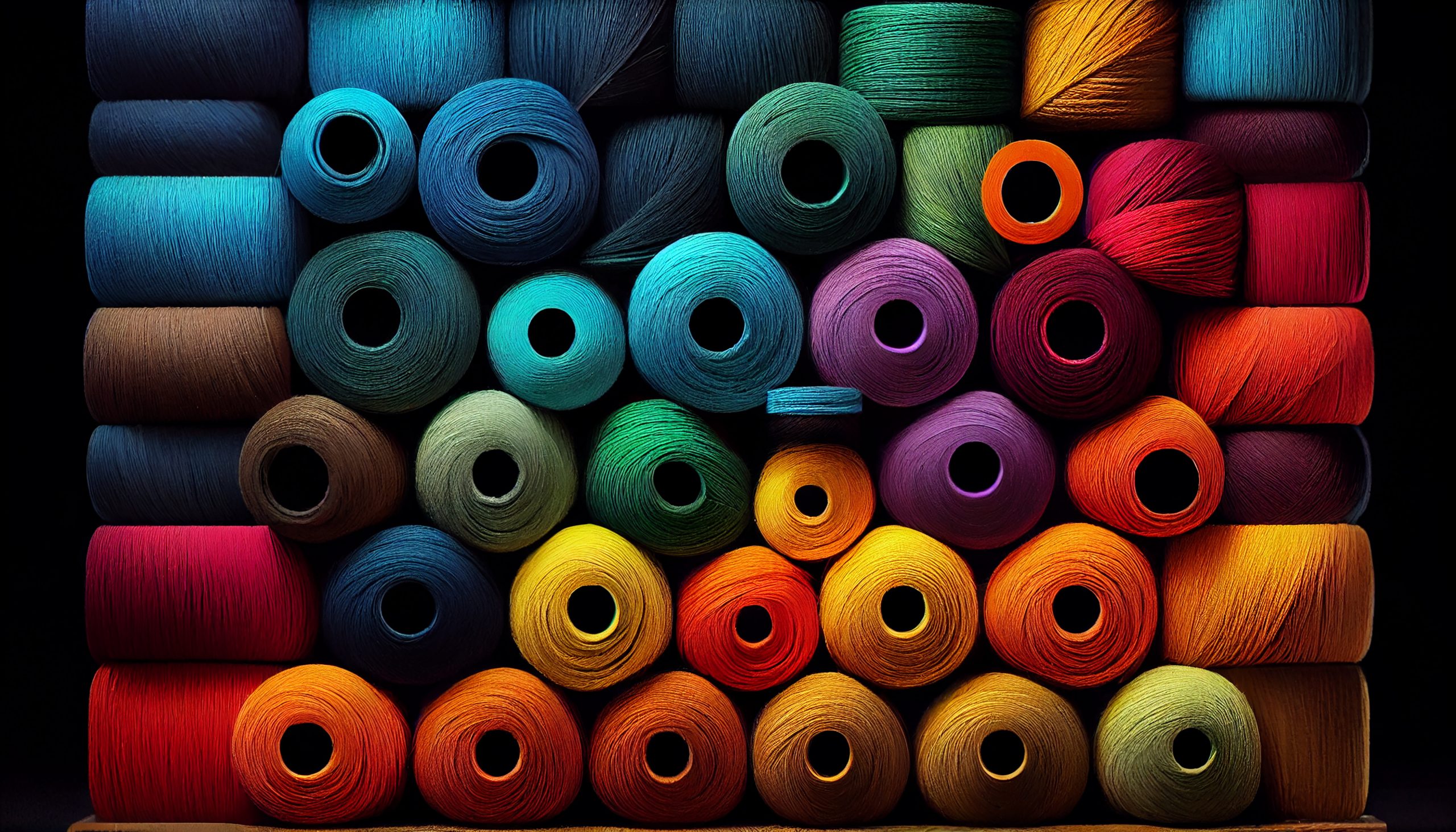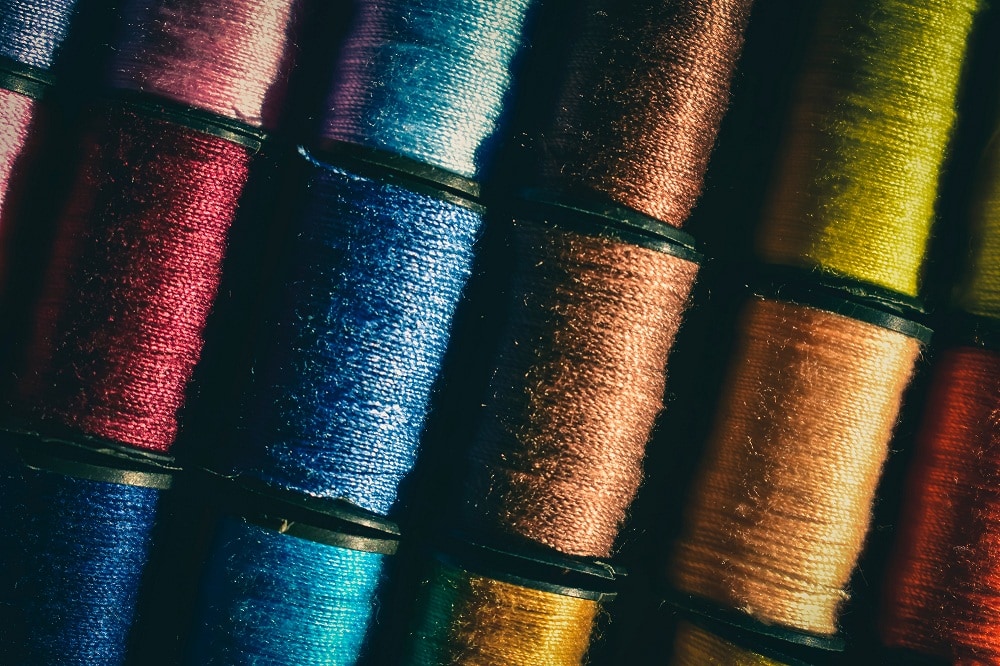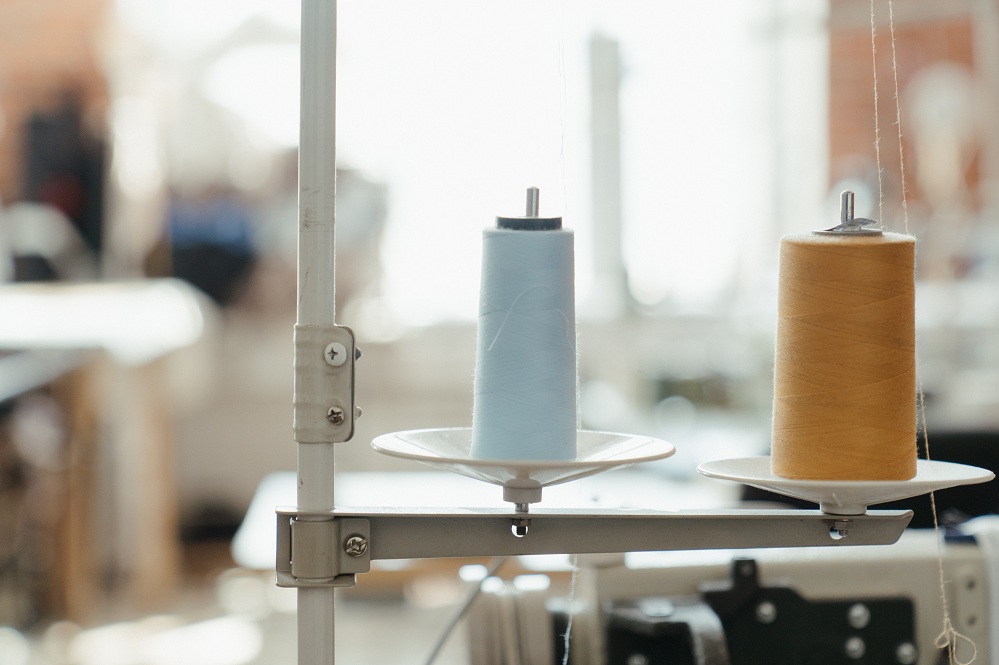
Yarn may seem like a simple element of the textile world, but in reality, it is the backbone of everything we wear and use in daily life. From high-end fashion garments to everyday household fabrics, the role of yarn production stretches far beyond what meets the eye. Today, as industries evolve and sustainability takes centre stage, yarn production matters more than ever. It is not just for manufacturers but for consumers, designers, and the planet.
The Foundation of Textiles
Every piece of fabric begins with yarn. Whether made from natural fiber or synthetic options, yarn determines the strength, feel, and quality of the final product. The production process involves spinning fibers into continuous yarns, a craft that has been practiced for centuries but continues to evolve with modern technology.
The significance lies in how yarn influences the outcome. The finer yarn produces softer, lightweight fabrics, while thicker yarns yield durable, heavy-duty textiles. In short, yarn is the silent architect of textile design. It gives structure and character to everything from fashion runways to industrial fabrics.
Why Yarn Production Matters More Today
In the past, yarn production was purely about quantity. The faster and cheaper it could be spun, the better. But today, the focus has shifted toward quality, innovation, and sustainability. Several factors make yarn production more crucial than ever:
Sustainability in Textiles
Global attention has turned toward environmental responsibility. Yarn manufacturers are playing a pivotal role in creating eco-friendly alternatives, transforming the way textiles are made. By focusing on reducing waste and reusing materials, yarn production contributes to a more circular economy.
Meeting Consumer Demand for Quality
Modern consumers are more aware of what goes into their clothing and home fabrics. People now look beyond aesthetics, paying attention to durability, softness, and ethical production. High-quality yarn ensures these expectations are met, making production techniques more important than ever.
Innovation and Technology
Advancements in spinning and dyeing technologies are reshaping the industry. Smart yarns with enhanced durability, are opening doors to innovative applications in fashion and technical textiles. Yarn production is no longer just about fabric but about building materials for the future.
Cultural and Economic Impact
Yarn manufacturing supports countless jobs worldwide, from farmers growing cotton to workers in mills and factories. For many communities, especially in developing countries, yarn production is not only a livelihood but also a cultural heritage.
The Connection between Yarn and Everyday Life
It’s easy to overlook yarn because we see the end product. Yet, yarn connects us to the raw origins of what we use every day. It bridges the gap between agriculture, industry, design, and lifestyle. Without it, the global textile industry, which is one of the largest industries in the world, would cease to function.
Looking Ahead: The Future of Yarn Production
As the textile industry faces challenges like climate change, resource scarcity, and changing consumer expectations, yarn production will continue to be at the centre of innovation. The future lies in developing fibers that are not only functional but also sustainable. Whether it’s bio-based yarns made from plants or high-performance technical fibers, the next era of textiles will be defined by how yarn production adapts.
Final Thoughts
Yarn is more than just a thread; it is the connector that ties together fashion, technology, sustainability, and culture. As demand for responsible and high-quality textiles grows, the importance of yarn production has never been clearer. It remains the source that connects industries, people, and ideas. Take it as a simple yet powerful reminder that even the smallest elements can have the biggest impact.



